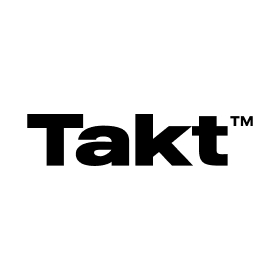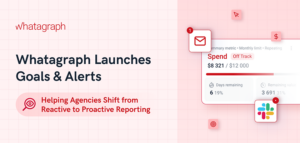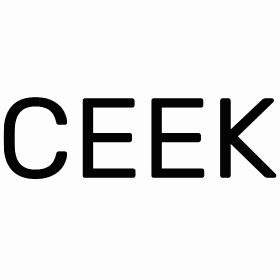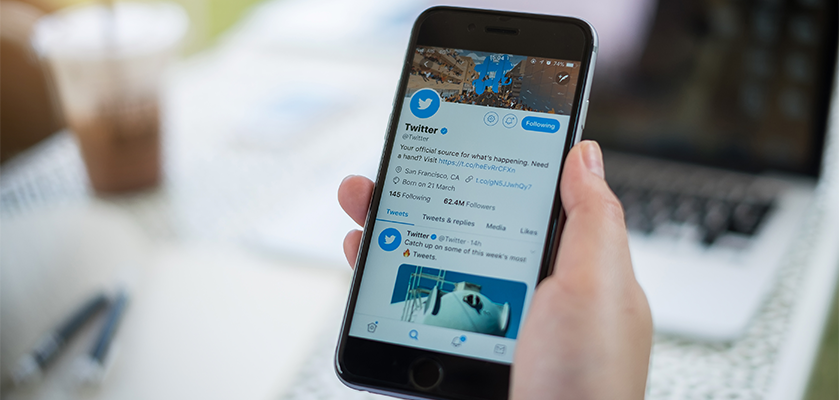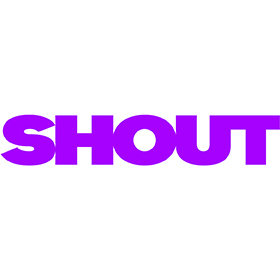The Importance of Engagement on Twitter: How to Increase Your Reach
Twitter is one of the most powerful social media platforms for businesses and individuals looking to increase their reach and connect with their audience. However, with millions of tweets being sent every minute, it can be challenging to cut through the noise and get noticed.
This is when engagement on Twitter comes into play. You may raise your profile, expand your fan base, and forge closer bonds with your followers by actively engaging with them and creating meaningful connections. In reality, engagement on Twitter is essential for growing a devoted following and retaining your audience’s attention.
In this blog, we’ll discuss the importance of Twitter engagement and give valuable tips and tactics for increasing your activity and reaching more people on the social media site. We’ll review everything you need to know to boost your engagement on Twitter and accomplish your goals, from creating interesting tweets to utilizing Twitter’s capabilities.
Read on to learn how to leverage engagement on Twitter to your advantage and accomplish your Twitter goals, whether you’re a seasoned Twitter pro or just getting started.
What does engagement mean on Twitter?
Engagement on Twitter refers to any interaction between you and your audience. It may appear in a variety of ways, such as likes, retweets, comments, and mentions. Your tweets are more likely to be noticed by people who aren’t already following you if there is more conversation. Your visibility and reach on the platform may grow as a result.
When a user can interact with one of your tweets, it means they found it interesting or valuable in some way. Because it indicates how well your content connects with your audience, Twitter engagement is crucial. You may create incentives and benefits with your followers and create a community around your company by actively engaging with them.
Why is engagement important on Twitter?
Engagement on Twitter is more than just a vanity metric. It’s an essential part of any effective Twitter strategy. Why? Because Twitter engagement is a sign of a healthy, active community. People responding to your tweets are likelier to read your future content, promoting brand awareness.
It’s also crucial for developing connections with followers. Responding to comments and mentions demonstrates you value what they say. This may encourage customer loyalty and trust, increasing conversions and sales.
Engagement on Twitter can also help you gather valuable feedback and insights from your audience. By monitoring and analyzing engagement metrics, you can learn what types of content your audience finds most exciting and adjust your strategy accordingly.
If you build the best Twitter marketing strategy, the chances of your Twitter engagement increase.
What is a good engagement rate on Twitter?
Determining what a good engagement rate on Twitter is can be tricky. There are many factors to consider, such as your industry, audience size, and the type of content you’re posting; however, as a general rule of thumb.
How to calculate the engagement rate on Twitter?
The excellent engagement rate on Twitter is around 1-3%. But what does this mean exactly? The engagement rate is calculated by dividing the total number of engagements (likes, retweets, comments, and mentions) by the total number of impressions (the number of times your tweets were seen). So if you have 100 impressions and 5 engagements, your engagement rate would be 5%.
Remember that engagement rate is just one metric to consider when evaluating the success of your Twitter strategy. It’s also important to look at other metrics, such as follower growth, click-through rates, and conversions.
It’s also worth noting that engagement rates can vary depending on the type of content you’re posting. For example, tweets with images or videos tend to have higher engagement rates than those without.
Additionally, timely, relevant, and engaging tweets are more likely to receive high levels of engagement.
Understanding the Twitter algorithm: What you need to know?
Although the Twitter algorithm continually changes, the fundamental ideas remain the same. In short, the algorithm chooses what information to display on users’ timelines based on relevancy and recency.
The relevancy of the content to the user is the algorithm’s top priority. As a result, tweets that are more likely to interest a specific user will appear higher up in their timeline. The user’s interests, previous interactions with your account, and the actual content of the tweet are all elements that can influence relevancy.
The algorithm also takes the content’s recentness into account. Newer tweets are, therefore, more likely to appear higher up in the timeline. However, the algorithm also considers a tweet’s engagement levels. If a tweet gets a lot of engagement (likes, retweets, comments), it may be shown higher up in the timeline, even if it’s not the most recent tweet.
Noting that the algorithm can change based on the user is also important. For instance, while some users may see tweets arranged chronologically, others may see tweets arranged according to relevancy. Based on levels of engagement, Twitter may also display “popular” tweets from accounts they don’t follow to users.
How does this impact your Twitter strategy, then? You must create compelling, timely, and relevant information to expand your Twitter following and visibility. Monitoring your engagement levels and modifying your plan as necessary is also vital. Consider boosting a tweet if it’s getting good engagement to broaden its audience even more.
Tips for increasing your Twitter engagement
The following tips and tricks for increasing Twitter engagement that you can use:
- Use visual content: Tweets with images or videos tend to have higher engagement rates than those without. Try to incorporate visual content into your tweets whenever possible to catch the eye of your followers.
- Keep it concise: Twitter has a character limit of 280, but studies show that tweets between 71 and 100 characters receive the highest engagement rates. Keep your tweets short and concise to make them more easily digestible for your audience.
- Use hashtags: Hashtags are a great way to increase the discoverability of your tweets and attract new followers. Use relevant hashtags in your tweets to make them more easily searchable.
- Engage with your followers: To increase your engagement on Twitter, engaging with your followers actively is important. Respond to mentions and comments, retweet and like content from other accounts, and participate in Twitter chats to build relationships with your audience.
- Post at the right time: Timing is key on Twitter. Try to post when your audience is most active on the platform to increase the likelihood of your tweets being seen and engaged.
- Experiment with different types of content: Feel free to experiment with different types of content on Twitter. Try posting polls, asking questions, or sharing industry news to see what resonates best with your audience. The best method for this is to create several types of tweets that will attract more interest from your followers and share them in sequence. For this, you can use Twitter scheduler tools.
- Use Twitter analytics: Use Twitter analytics to track your engagement levels and adjust your strategy accordingly. Look for trends in your engagement rates, such as the types of content that perform best, and use this information to optimize your Twitter strategy.
Crafting engaging tweets: Best Practices and Examples
To increase Twitter engagement and your following on the platform, you must create engaging tweets. To help you write tweets that connect with your audience, here are some best practices and examples:
Use strong visuals
Visual content is an effective strategy to boost Twitter engagement, as was already mentioned. Make your tweets stand out in followers’ feeds by using attention-grabbing images, videos, or graphics.
Write compelling copy
Your tweet copy should be short, compelling, and simple to read. To make your tweets more memorable, use language that arouses curiosity or feelings, and think about adding humor or personality.
Include a call-to-action (CTA)
By encouraging users to take action, such as clicking a link or answering a question, a clear CTA can help increase Twitter engagement. Aim for a CTA relevant to the content you are sharing and away from using clickbait or misleading language.
Use hashtags strategically
Hashtags can help your tweets gain more exposure and draw in new followers, but it’s vital to use them wisely. To increase the discoverability of your tweets, include relevant, targeted hashtags, but don’t overdo it or use irrelevant ones.
Share valuable content
Twitter users are likelier to engage with valuable content, such as informative articles, industry news, or helpful tips. Share content that your followers will find interesting or useful to build trust and authority in your niche.
Some examples of engaging tweets incorporate these best practices:
- “Calling all marketers! Take advantage of our upcoming webinar on the latest digital marketing trends. Register now and stay ahead of the game. #digitalmarketing #webinar”
- “We’re excited to announce our new product line, designed with sustainability in mind. Check it out and let us know what you think! #sustainability #newproductlaunch”
- “What’s your favorite productivity hack? We want to know! Share your tips in the comments below and help fellow entrepreneurs stay focused. #productivitytips #entrepreneurmindset”
Case studies: Examples of successful engagement strategies on Twitter
Looking at examples of successful engagement strategies on Twitter can provide valuable insights into what works and what doesn’t on the platform. Here are a few case studies to inspire your Twitter engagement strategy:
Wendy’s
The fast-food chain Wendy’s is known for its witty Twitter presence, which has helped it amass a large following and drive engagement. One notable example is the brand’s response to a Twitter user who asked how much it would cost to get a year’s supply of Wendy’s chicken nuggets. Wendy’s responded with a playful challenge to get 18 million retweets, which sparked a viral campaign and generated widespread media coverage.
Key takeaway: Feel free to inject humor and personality into your Twitter strategy, as long as it aligns with your brand values and resonates with your audience.
Adobe
Adobe has used Twitter to provide value to its followers through informative and educational content. The brand regularly shares tutorials, tips, and resources for designers and creatives, which has helped it build a loyal following and drive engagement.
Key takeaway: Providing value to your followers through educational content can help you establish authority and build trust on Twitter.
Netflix
Netflix has used Twitter to create buzz around its original content by leveraging popular culture and current events. For example, when a Twitter user posted a tweet asking if Netflix could help her find a boyfriend, the brand responded with a humorous tweet referencing its show “The One.” This tweet went viral and generated significant engagement, driving awareness and interest in the show.
Key takeaway: Leveraging current events and popular culture can help your brand tap into trending topics and create buzz around your content.
Final thoughts
To sum up, Twitter engagement is essential for organizations and people trying to broaden their audience and connect with others on the site. You may generate meaningful connections by actively engaging with your audience, forging better bonds, and promoting more visibility and growth.
By following these tips and learning from successful case studies, you can develop a strong Twitter engagement strategy that helps you achieve your goals and stand out on the platform.
So remember to underestimate the power of Twitter engagement, and start working on building stronger connections with your audience today!




